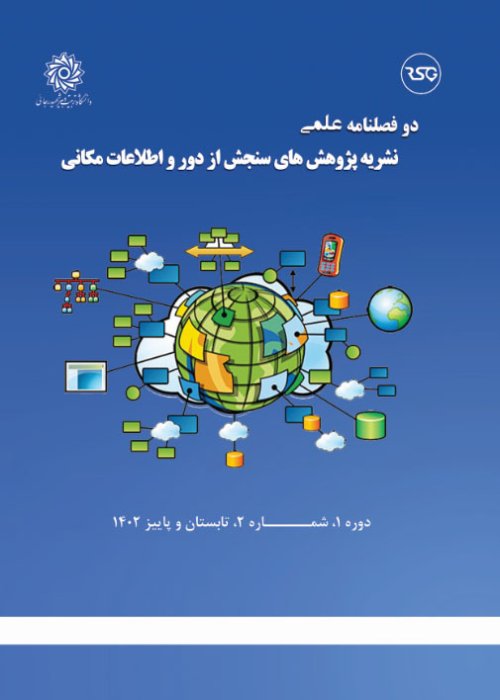Sentinel Satellites: Revolutionizing Earth Observation for Science and Sustainability
Earth has a complex ecosystem that is affected by natural processes and human activities, and understanding these processes is a real necessity. Environmental changes, from climate change to the reduction of natural resources, affect human life, economies, and the well-being of future generations. Therefore, the need for comprehensive Earth observation has never been more critical. To address this need, the Copernicus program was created by the European Space Agency in the early 2000s. The goal of this program was to create an operational system for earth monitoring with open access to high quality satellite data. The Sentinel satellites, as the core of the Copernicus program, is one of the symbols of humanity's progress in earth observation and environmental monitoring. This research examines the Sentinel satellites and shows the importance, basic principles and unique features of each of them. Sentinel satellites are unique operational platforms compared to the satellites of the previous generation.
In this paper, the main framework of the Copernicus program, such as open access to satellite data, global coverage, operational stability, diverse sensors, and the framework of global cooperation, which is of great help to researchers, policymakers, and other users of satellite data, has been evaluated. The Sentinel satellites includes several satellites that acquire images from the earth in different spectral ranges, with global coverage and different viewing times. These satellites have operational stability and new generations of satellites are developed and launched to replace older satellites. Each satellite is equipped with special sensors according to its mission goals and makes it possible to monitor the land, oceans and atmosphere with the best possible tools from space.
The Sentinel-1 satellite, which is equipped with a radar sensor, can image in the C frequency band and different spatial powers from 5 to 40 meters. Also, this satellite is able to take images in any weather conditions and at any hour of the day and night, which is valuable for many applications. The accuracy of Sentinel-1 data is very high in monitoring changes in the shape of the earth's surface, crisis management, polar ice observations and ocean monitoring. This vital role in detecting and monitoring land subsidence in urban areas makes it effective in urban planning and helping to prevent crises. On the other hand, the Sentinel-2 satellite with a multispectral sensor provides a powerful tool for Earth observation. By recording data in a wide spectral range in 13 spectral bands from visible to short-wave infrared, this satellite has been able to deepen our understanding of the features of the Earth's surface. The re-viewing time of this satellite has made it possible to monitor crops and evaluate the health of vegetation. Also, the spatial resolution of Sentinel-2 satellite images is an effective factor in urban planning, tree health monitoring, and natural disaster monitoring, such as fire and flood. In addition, the high bandwidth of this satellite helps to efficiently cover large areas and increases its efficiency in environmental monitoring.
The Copernicus program is known for several key principles that have underpinned their success. These principles include open access data, global coverage, operational interoperability, diverse sensors, and a global cooperation framework. The principle of open access has given the assurance to the general users, including researchers, policymakers and commercial companies, that a continuous flow of satellite images will support their activities. The Copernicus program with a system of satellites ensures global coverage with optimal revisit time. The operational continuity of the program has resulted in new generations of satellites being developed and launched to replace older generations, to ensure a continuous flow of data. Each Sentinel satellite is equipped with specific sensors designed for its mission objectives, enabling it to monitor the Earth, oceans, atmosphere, and more. According to the characteristics of the Copernicus program, Sentinel satellites have started a new era of Earth observation and have provided a powerful and versatile tool for monitoring and understanding the Earth's ecosystem.
- حق عضویت دریافتی صرف حمایت از نشریات عضو و نگهداری، تکمیل و توسعه مگیران میشود.
- پرداخت حق اشتراک و دانلود مقالات اجازه بازنشر آن در سایر رسانههای چاپی و دیجیتال را به کاربر نمیدهد.


